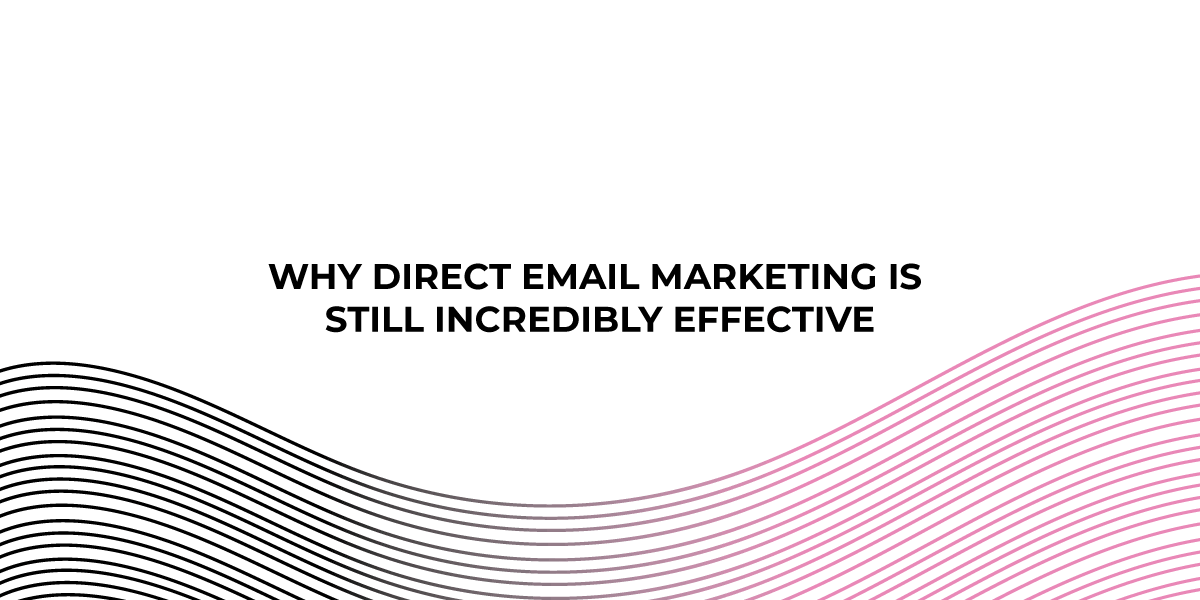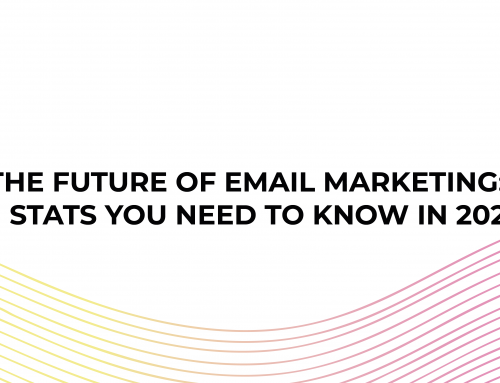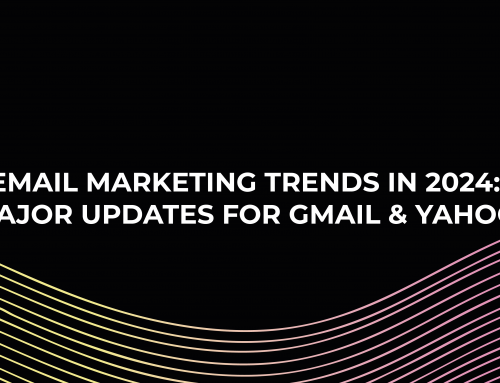Did you know that TV accounts for 91% of all video advertising seen by consumers? And 71% of people consciously look at billboard ads when driving? These are undoubtedly impressive statistics.
Yet, whilst television and billboard ads are guaranteed to grab consumers’ attention, they both share one significant weakness: they remain the same, regardless of who sees it.
Aside from being significantly cheaper, direct email marketing has a clear advantage over these more ostentatious methods: it can offer higher levels of personalisation.
What is direct email marketing?
Direct email marketing is an email marketing method that sends emails directly to prospects. In contrast to the bombardment approach of spam emails, the concept behind direct email marketing is to send attractive, professional, and compelling adverts to a smaller group of recipients who may be interested in receiving such messages.
Direct email marketing aims not only to sell goods and services but also, perhaps, more importantly, establish relationships with your customers. This distinguishes direct email marketing from other marketing strategies and makes it such an effective marketing method.
The many benefits of direct email marketing.
Because of the personalised nature of direct email marketing, it is far easier to gauge results than other forms of marketing. Since viewers cannot interact with TV or billboards ads, there is no metric to calculate their effectiveness.
With direct email marketing, there are various means of measuring the effectiveness of your campaign. These include:
- Open rates. Your open rate represents the number of times your subscribers opened your emails. Having a strong open rate is the first indicator of how well your direct email marketing works. Your average email open rate should be between 17-28%.
- Click-through rates. A click-through rate (CTR) is the percentage of times your subscribers interacted with your email by clicking. To calculate the CTR, take the number of clicks your emails received, divide that number by the number of recipients for an email, and multiply by 100. Your average CTR should be between 2-5%.
Consumers today expect more personalised experiences, and when emails are not personalised, 52% of them say they will go elsewhere.
Given the personalised nature of direct email marketing, it is an incredibly effective means of building your brand, allowing you to connect directly with your customers on a personal level that is simply not available with other forms of marketing.
The statistics support this, with 82% of marketers reporting an increased open rate through email personalisation.
Personalisation can be achieved through various means; however, email retargeting and welcome emails are two of the most popular and effective.
- Email retargeting is the process of tracking those who have visited your website and sending follow-up emails with content specifically tailored to their browsing behaviour. These emails tend to provide potential customers with information on specific products they have viewed or redirect them to sign up forms they have begun to fill in.
- Welcome emails are exactly what you think they are. Once someone has signed up to your mailing list, a welcome email will be sent introducing yourself to your new subscribers. This will start your new relationship with them on a positive note. Ideally, welcome ideals will be as personalised as possible and include their name and products/services they may be interested in.
Final takeaway.
While direct email marketing may not necessarily be as eye-catching as television or billboard ads, it remains a more effective and reliable method. For this reason, 87% of marketers still choose to use email marketing as the primary way of disseminating their content, despite the other resources they now have.
Direct email marketing allows you to promote your product or service directly to those who most need them and establish a close relationship with them.




